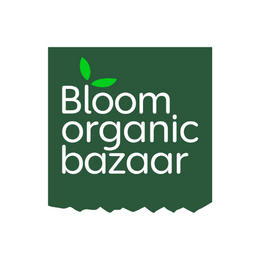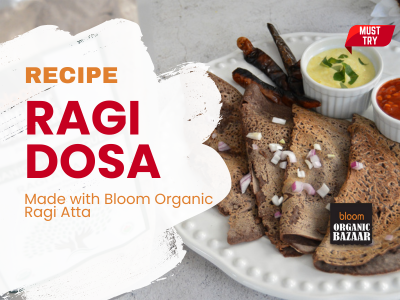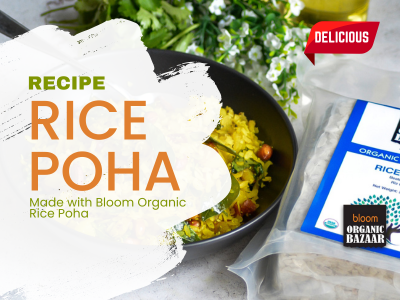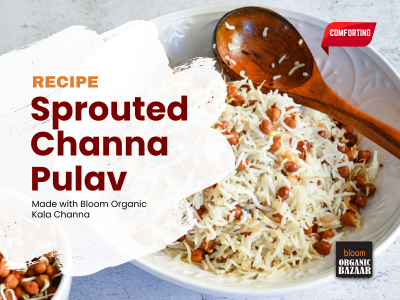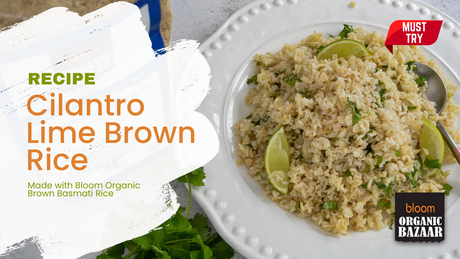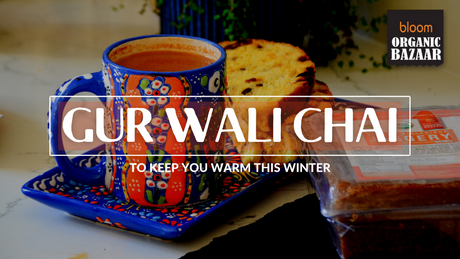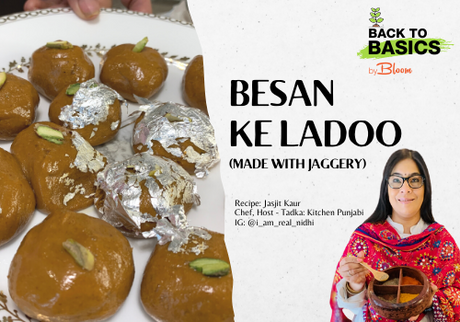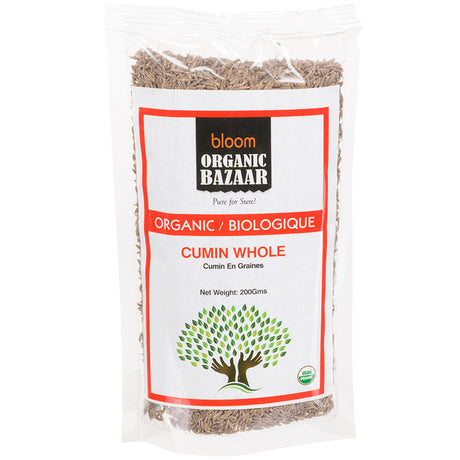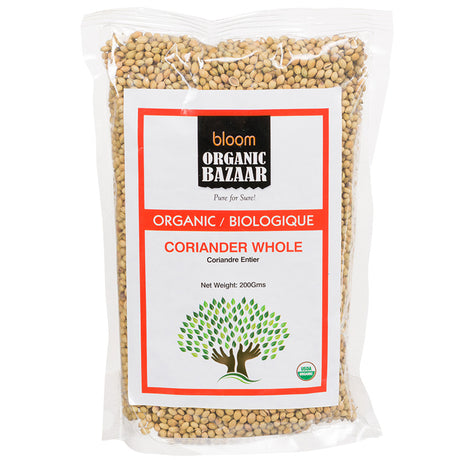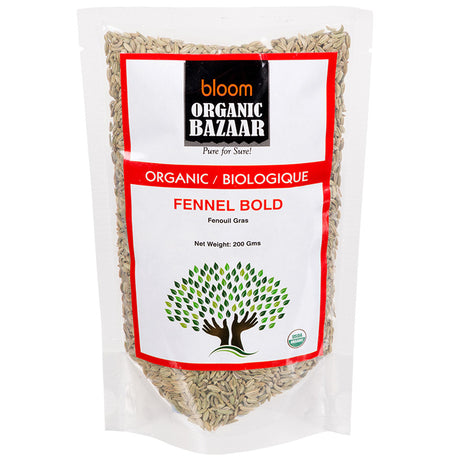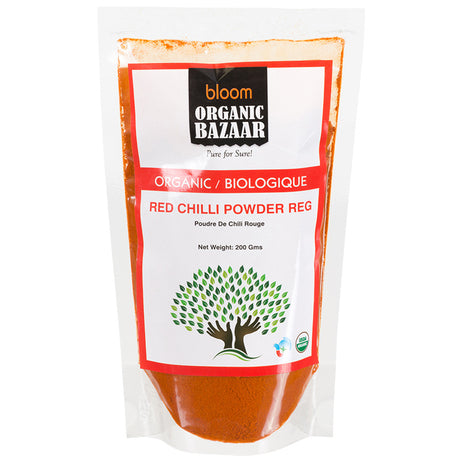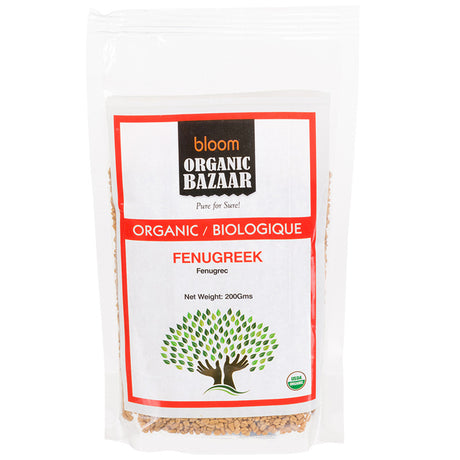Dal Roti is our birthright, some folks from the Indian subcontinent, might shout, evidently having brought up on its taste and aroma. And they wouldn’t be wrong in saying a huge percentage of their growth is attributable to the goodness that lie within dals (a popular term today even among mainstream Canadians to indicate both lentils and beans). Why? Because dal gives you the best form of plant protein and a lot of it. Especially in the poorer communities, where their diet consists of largely vegetarian fare, dals fill in the critical protein gap.
Besides being good, dal is also one of the cheapest foods available in stores. Precisely because of its easy availability and widespread use, it is sometimes taken for granted. Every South Asian knows and consumes dals in one form or another. They have done it for thousands of years. But how many are aware of the richness hidden in this cheap food?
Dal And Its Protein Punch
This is perhaps what sets dals apart – very few vegetarian options offer the same level and quality of protein. This is vital to humans in muscle and bone development, healthy cartilage, skin and hair. It’s also critical in the production of hormones and in any sort of tissue repair. According to the USDA, a fourth of a cup of red lentils packs 12 gms protein. That is a quarter of the daily recommended protein intake, according to Canadian guidelines. Imagine, it comes from our good old dals!
Nutritional Benefits of Dals
- Dals are high in fibre and low in fat and calories. One cup of cooked black beans contains 15 gms of fibre which is almost 60% of your daily recommended intake.
- Packed with B vitamins, iron, zinc, calcium, and magnesium
- Also present are folate, iron, phosphorus and potassium
- Lentils and beans are mostly gluten-free
- Gives energy-giving carbs while being low in glycemic index (good news for diabetics)
- Rich source of polyphenols that may reduce several heart disease risk factors
Lentil vs. Beans. What’s the difference?
There is no clear answer to this question other than the fact that beans generally are larger in size than lentils! There could be other differences in the way they cook, their tastes and colour and texture. But one thing is for sure – both belong to the legume family because like all legumes they grow in pods.
Why Choose the Organic Lentils Option?
All lentils and beans are good for you. Well, is it? Generally speaking, yes, they are. But dals are not spared from the harm done to foods grown in the modern industrial way - large scale use of pesticides, growing soil pumped with synthetic fertilizers, products coated with chemicals for long journeys and longer preservation… you know the score. The issue of residual chemicals is exacerbated in the ‘whole’ versions of dal as the husks allow for bigger chemical retention.
There is an interesting international tussle going on between Canada and India that has put the future of exports worth a billion dollars from Canada at risk. According to published news items, India has rejected Canadian dal (mostly grown in Saskatchewan) because we do not use methyl bromide during fumigation stage. And what is this chemical fumigant that India is keen on? To quote from EPA website: “Methyl bromide, used as a fumigant and pesticide, is highly toxic. Studies in humans indicate that the lung may be severely injured by the acute (short-term) inhalation of methyl bromide. Acute and chronic (long-term) inhalation of methyl bromide can lead to neurological effects in humans.” Organic dals like the ones offered by Bloom Organic Bazaar, you can be sure, have scrupulously avoided coming into contact with dangerous chemicals such as methyl bromide in its journey from farm to the shelves.
Organic products are also naturally richer in nutrition, losing nothing of the goodness to the leaching action of chemicals and are handled more carefully during processing and packaging. The slightly higher prices you pay for organic become even more justifiable when you consider how much better the product itself is for your body. And let’s not forget, for your palate. Admittedly, it’s a highly subjective issue, but most organic lovers swear by their extra flavour and taste. Let us know what has been your experience?
In normal circumstances, dal is always eaten with either roti (the Indian wheat bread) or rice. If you want to avoid the carb and drink in the dal goodness, then try a soup, perfect for the cold season. Check recipe here.
--
